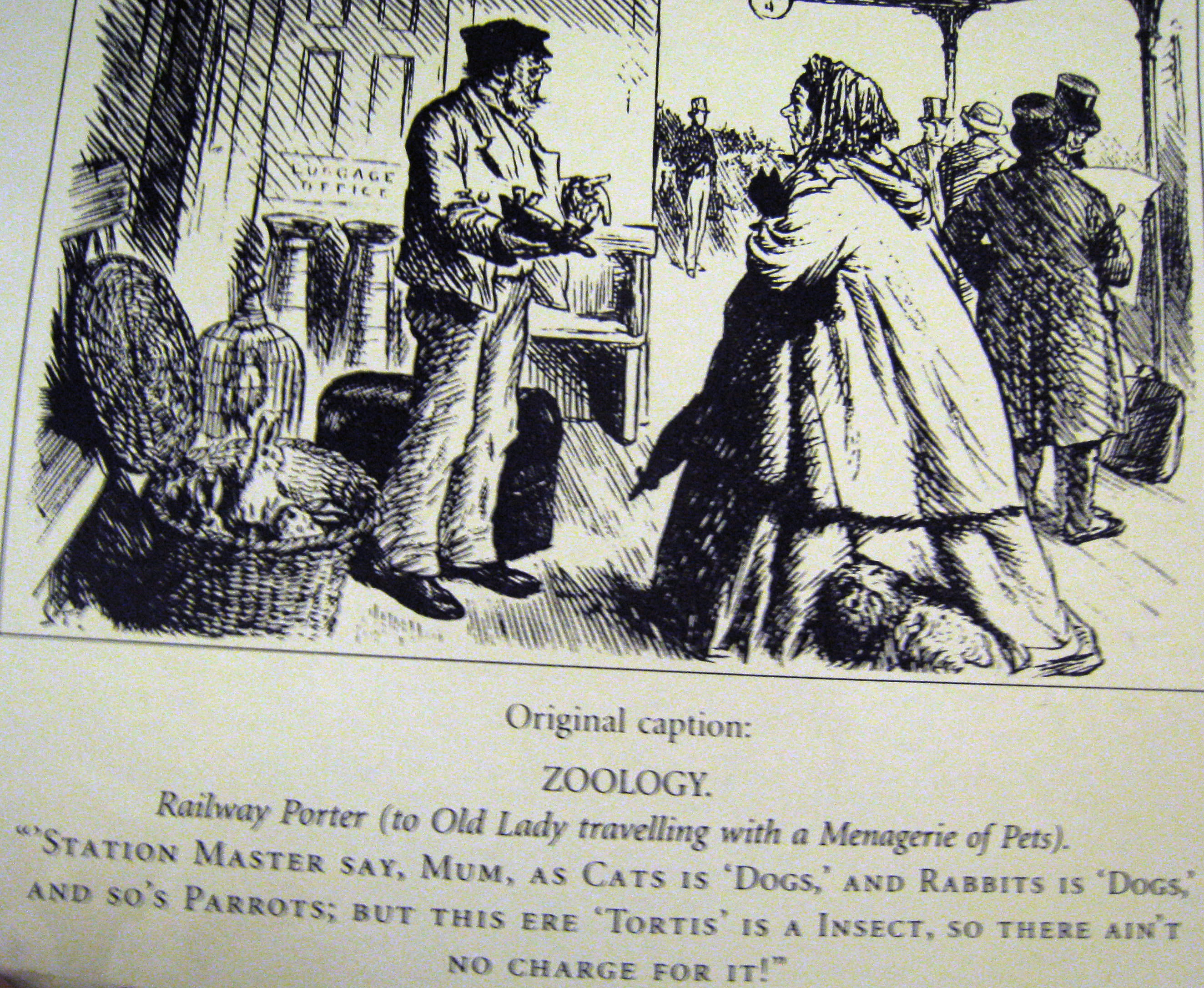NOMEN: Insecta Linnaeus 1758: 339 [C. Linnaeus. Systema Naturae, ed. 10, 1758, T.1: 1-824]
ORIGINAL LISTED MEMBERSHIP (Linnaeus 1758): Hexapoda (= Coleoptera + Hemiptera + Lepidoptera + Neuroptera + Hymenoptera + Diptera + Lepisma + Podura + Termes + Pediculus + Pulex) + Chelicerata (= Acarus + Phalangium + Aranea + Scorpio) + part of Eucrustacea (= Cancer + Monoculus + Oniscus) + Myriapoda (= Scolopendra + Julus)
JUNIOR
CIRCUMSCRIPTIONAL SYNONYMS:
= Condylopia Rafinesque 1815
= Condylopa Latreille 1825
TYPIFIED
NAME IN BASIC FORMAT: Araneus/fg
(incl. Scarabaeus, Cancer, Scolopendra)
TYPIFIED
NAMES IN USE:
MODERN STATUS: non-valid name; formally the oldest name of a non-accepted paraphyletic taxon (see COMMENT).
Kluge
2010 BioNomina
Dual-Nom
![]() :
:
The name Insecta, often used for Hexapoda, has a long history of inconsistent use. “Insecta” is the Latin translation of Aristotle’s εντομον (Entomon) — a name applied for terrestrial arthropods other than crabs, which Aristotle placed in μαλακόστρακα (Malacostraca). Initially the name Insecta was used for the same taxon, which is not currently recognized. Priority rules attribute its formal authorship to Linnaeus (Insecta Linnaeus 1758) who, however, defied the tradition and included crabs within the order Aptera of his class Insecta (Linnaeus 1735, 1758). So the Linnaean class Insecta approximately corresponded to the taxon now known as Arthropoda Siebold, 1848, but included also a polychaete, Scolopendra marina, whereas some eucrustaceans [genera Lepas sensu Linnaeus 1758 (now Cirripedia) and Lernaea sensu Linnaeus 1758 (parasitic copepodoids)] were placed in the class Vermes instead.
Later (e.g., Fabricius 1792–1798, Latreille 1796), the name Insecta was sometimes accepted in the Linnaean circumscription. The same name was used also in its traditional meaning, i.e., for a taxon which excludes crabs (e.g., Latreille 1802–1805). Lamarck (1801) applied the name Insecta to winged insects; other authors applied the name Insecta to taxa of various circumscriptions intermerdiate between the Linnaean and the Lamarckian. This is how the name Insecta, as used by different authors since Linnaeus, refers to various taxa:
Insecta: Linnaeus 1758 = Condylopa Latreille 1825 (subequal to Arthropoda Siebold 1848);
Insecta: Lamarck 1801 = Pterodicera Latreille 1802;
Insecta: Latreille 1802 = Tracheata Haeckel 1866;
Insecta: Leach 1815 = Hexapoda Latreille 1802;
Insecta: Cuvier 1817 = Atelocerata Heymons 1901;
Insecta: Packard 1883 = Dimalata Sharov 1966;
Insecta: Kingsley 1894 = Opisthogoneata Pocock 1893;
Insecta: Handschin 1958 = Amyocerata Remington 1955;
Insecta: Chen 1962 = Pleomerentoma Krausse et Wolff 1919.
There was never a consensus usage for the name Insecta: at every single point different workers used it to refer to different things.
Applied mostly to a class-rank taxon, this non-typified name was thus misused as rank-based (see Dual-Nom), which caused a great deal of confusion and even made some people believe in the polyphyly of the Hexapoda for no other reason than nomenclatural change (Kluge 1996a, 1999b, 2000).
REFERENCES:
Fabricius J.C. 1792-1799. Entomologia Systematica emendata et Aucta. Secundum classes, ordines, genera, species. Adjectus synonymis, locis, observationibus, descriptionibus. T.1, ps.1 (1792): 1-330; T.2, ps.2 (1792): 1-538; T.2 (1793): 1-519; T.3, ps.1 (1793): 1-487; T.3, ps.2 (1794): 1-349; T.4 (1794): 1-479; Index alphabeticus (1796-1799). // Hafniae, Impensis Christ. Gottl. Proft.
Fabricius J.C. 1799. Supplementum Entomologiae systematicae. // Hafniae, Apud. Proft et Storch: 1-572.
Kluge N. J. 1996a. [Myths in insect systematics and principles of zoological nomenclature]. Entomologicheskoe Obozrenie 75 (4): 939–944 [In Russian].
Kluge N.J. 1999b. Mitos en sistematica y principos de nomenclatura zoological. / Myths in systematics and principles of zoological nomenclature. // In: A. Melic, J. J. de Haro, M. Mendes & I. Ribera (ed.). Evolution y filogenia de Arthropoda. // Boletin de la Sociedad entomologica aragonesa, 26 (Volumen monografico),. Zaragoza: 347–377.
Kluge N.J. 2000. Sovremennaya sistematika nasekomyh (...). [Modern systematics of insects. Part 1. Principles of systematics of living organisms and general system of insects with classification of primary wingless and paleopterous insects]. Saint-Petersburg (Lan’): 1–336. [In Russian].
Lamarck J.B. 1801. Systeme des animaux sans vertebres...[ou tableau genera des classes, des erdres et des genres de ces animaux; presentant leurs caracteres essentiels et leur distribution, d'apres la consideration de leurs ...]. // Paris, Detreville, VIII : 1-432.
Latreille P.A. 1796. Présis des caractères génériques des insectes, disposés dans un ordre naturel. // Paris-Brive, Prévôt – F. Bourdeaux, impr. libr. XI [3] 1-201 [7].
Latreille P.A. 1802-1805. Histoire naturelle, générale et particuliere des Crustacés et des Insectes. // Paris., T.4-14.
Linnaeus C. 1735. Systema Naturae, sive Regna tria Naturae systematice proposita per Classes, Ordines, Genera, & Species. // Ex Typographia Joannis Willhem de Groot.
Linnaeus C. 1758. Systema Naturae per Regna tria Naturae, secundum classes, ordines, genera, species, cum characteribus, differentiis, synonymis, locis. Tomus I. // A photograph faccimile of the first volume of the tenth edition (1758). London, Brit. Mus. (N.H.). 1-824.
